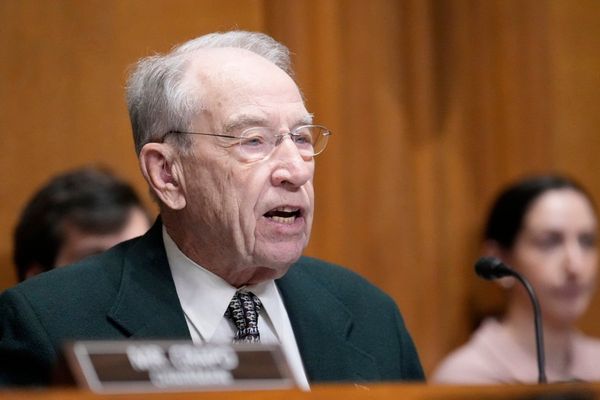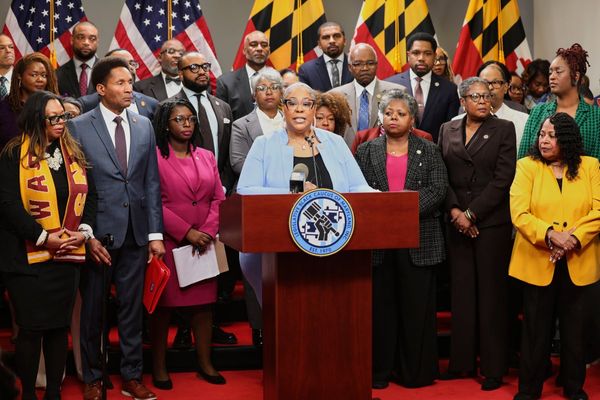
This surprise MPC action was prompted by the realization that inflation will have exceeded the 6% level for three consecutive quarters and would imply a failure to adhere to the inflation targeting mandate. We, however, do reckon that much of the elevated inflationary pressures are supply-led, and hence, there remains limited scope for MPC to manage inflationary expectations without choking growth. Monetary tightness needs to be complemented with the supply-side fiscal interventions to ease price pressures.
Appropriately so, the government has taken wide-ranging counter-cyclical measures lately to absorb the domestic price pressures ranging from excise duty cuts on fuel products, subsidy on food, fertilizer and cooking gas, customs duty cuts for imported inputs and vegetable oil, export duty hikes for select steel products and ban/cap on wheat and sugar exports.
Accounting for the recent announcements, we estimate inflation trajectory to ease by 24 bps with the headline FY23 CPI reading now at 6.4% (with average crude prices at $105/bbl).
That said, we need to remain cautious on the persistence of under-recoveries of the OMCs (which for now may be able to absorb the marketing losses given the record high refining margins) along with the limited ability of firms to pass through any relief in input prices given the squeeze in margins from overall surging cost pressures.
Notably, crude oil prices have risen nearly 14% since the off-cycle MPC (above $123/bbl) and OMCs’ marketing losses on petrol have increased from nearly ₹6/litre to approximately ₹18/litre at current oil prices. Besides, global metal prices which had moderated sharply since early April have again started to inch higher, amid speculation of increased demand from China. Nonetheless, given the MPC-government’s clear intentions on managing costs, inflationary expectations could subside for now but risks are skewed on the upside. Under our risk scenario, with crude oil price average of $120/bbl, we estimate CPI inflation to average 7.3%.
From the policy withdrawal perspective, RBI has moved quite aggressively and swiftly in the last two months. After the shift of forward guidance to withdrawal of accommodation and normalization of the LAF corridor (through SDF introduction at 40bps higher than the reverse repo rate) in April and the subsequent off-cycle 40bps repo rate hike, the MPC has managed to play reasonable catch-up in the fight against inflation. The CRR hike of 50bps too has signalled RBI’s discomfort with excessive liquidity surplus and the necessity to move the system liquidity surplus towards 1.5% of NDTL sooner than earlier anticipated. According to the RBI’s April report on currency and finance, “net LAF surplus of more than 1.52% of NDTL could be inflationary...a one percentage point exogenous increase in surplus liquidity above this threshold value could push up inflation by 60 bps on an average in a year." Accordingly, the weighted average overnight rates have risen by 80-90bps since the April MPC policy.
The recent supply side interventions by the government has clearly provided room for the MPC to avoid disruptive tightening. We expect a repo rate hike of 35-40bps in the upcoming June policy, with the repo rate likely around 5.5-5.75% by the end of FY2023E. Notably, the tussle against inflation, though painful in the near term, could be shallower and shorter than expected, with a likely terminal rate around 6-6.25%.
Furthermore, on the liquidity management front, we expect CRR hike of additional 50bps, but given the recent sharp moderation in surplus (Net LAF surplus has eased from above ₹7 trillion in the beginning of the year to near ₹3 trillion currently, led by higher cash balances of the government with the RBI, currency leakage and CRR hike), we see the likely action in August when government spends begin picking up.
The author is the chief economist of Kotak Mahindra Bank. The views and opinion expressed in the column are personal and do not necessarily reflect the opinion of the organisation or the Kotak group.







